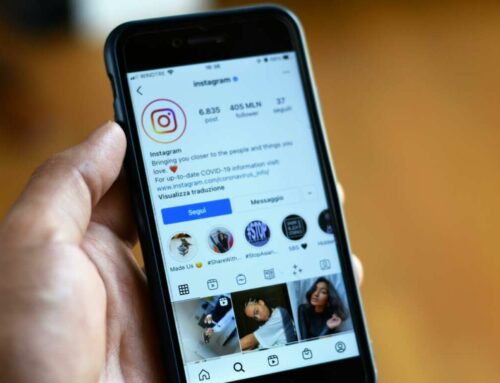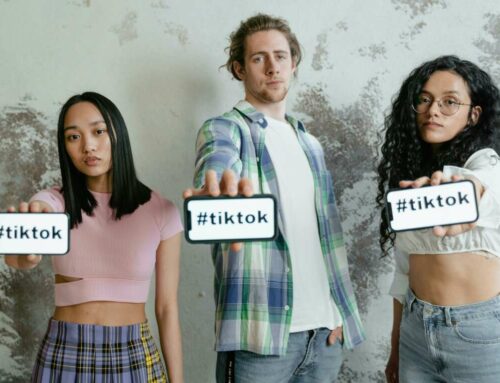
Table of Contents
Whitelisting in Social Media: What Is It and Why Is It Important?
Social media has become a vital part of any business’s marketing strategy. With the increasing number of social media platforms available, it’s essential for businesses to ensure that their content is reaching the right audience. One way to do this is through whitelisting.
Whitelisting is a process that allows businesses to choose specific users or accounts that they want their content to be shown to. It’s the opposite of blacklisting, which is when a business chooses specific users or accounts they don’t want their content to be shown to.
Whitelisting is an important tool for businesses because it allows them to control who sees their content. It’s especially useful for businesses that want to target a specific audience. For example, a business that sells baby products may want to whitelist accounts that are followed by new parents or accounts that post content about parenting.
Whitelisting can also be used to ensure that a business’s content is seen by their most loyal followers. By whitelisting accounts that frequently engage with a business’s content, a business can ensure that their content is seen by those who are most likely to engage with it.
Whitelisting is available on most social media platforms, including Facebook, Twitter, and Instagram. It’s usually done through a third-party tool or through the platform’s advertising platform.
Whitelisting on Facebook
Facebook allows businesses to whitelist specific pages or accounts. This means that a business’s content will only be shown to users who have liked or followed those pages or accounts. To whitelist a page or account, a business must first create a list of pages or accounts they want to whitelist. This can be done by going to the Business Manager and selecting “Whitelisted Pages” under the “Brand Safety” tab.
Once a list of pages or accounts has been created, a business can create a campaign and select the “Whitelisted Pages” option. This will ensure that the content is only shown to users who have liked or followed those pages or accounts.
Whitelisting on Twitter
Twitter also allows businesses to whitelist specific accounts. This means that a business’s content will only be shown to users who follow those accounts. To whitelist an account, a business must first create a list of accounts they want to whitelist. This can be done by going to the Ads dashboard and selecting “Audience Manager” under the “Tools” tab.
Once a list of accounts has been created, a business can create a campaign and select the “Tailored Audiences” option. This will ensure that the content is only shown to users who follow those accounts.
Whitelisting on Instagram
Instagram allows businesses to whitelist specific accounts or hashtags. This means that a business’s content will only be shown to users who follow those accounts or use those hashtags. To whitelist an account or hashtag, a business must first create a list of accounts or hashtags they want to whitelist. This can be done through a third-party tool or through the Ads Manager.
Once a list of accounts or hashtags has been created, a business can create a campaign and select the “Custom Audiences” option. This will ensure that the content is only shown to users who follow those accounts or use those hashtags.
Why Whitelisting Is Important
Whitelisting is important for businesses because it allows them to control who sees their content. By ensuring that their content is only shown to users who are interested in their products or services, businesses can increase engagement and conversion rates.
Whitelisting can also improve a business’s brand safety. By whitelisting specific accounts, a business can ensure that their content is not shown to accounts that may be harmful to their brand. For example, a business may want to avoid showing their content to accounts that post hate speech or offensive content.
Finally, whitelisting can be a cost-effective way for businesses to advertise. By ensuring that their content is only shown to users who are most likely to engage with it, businesses can increase their return on investment.
Conclusion
Whitelisting is a powerful tool for businesses that want to control who sees their content. By whitelisting specific accounts or hashtags, businesses can improve engagement, increase conversion rates, and improve brand safety. Whitelisting is available on most social media platforms and can be done through a third-party tool or through the platform’s advertising platform.


































